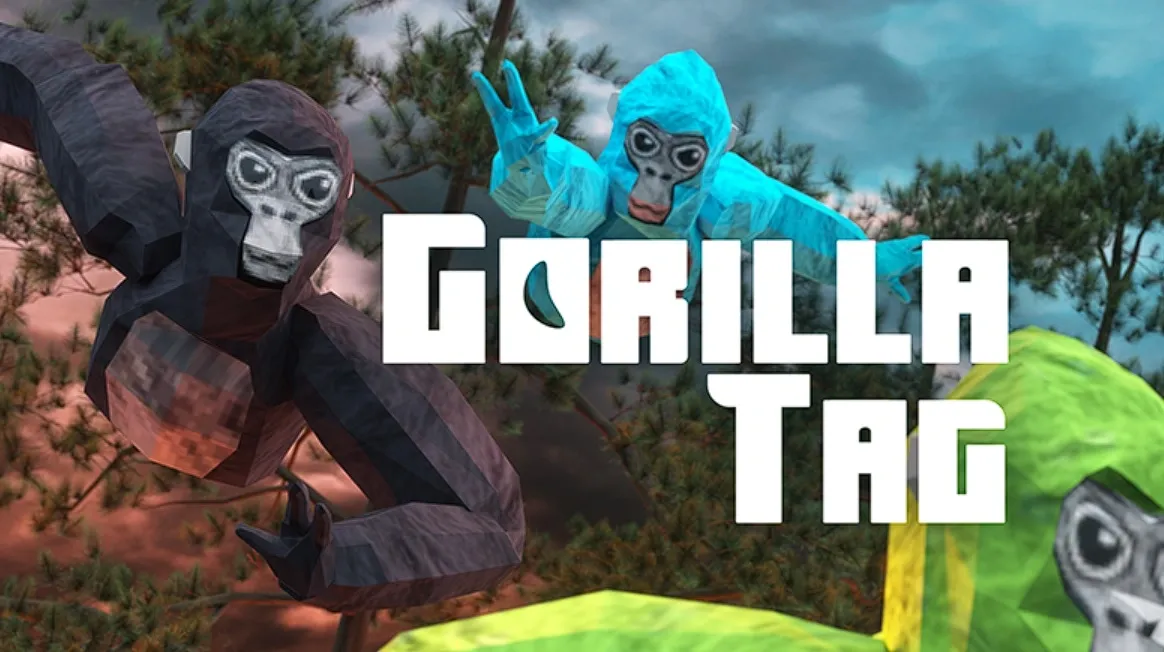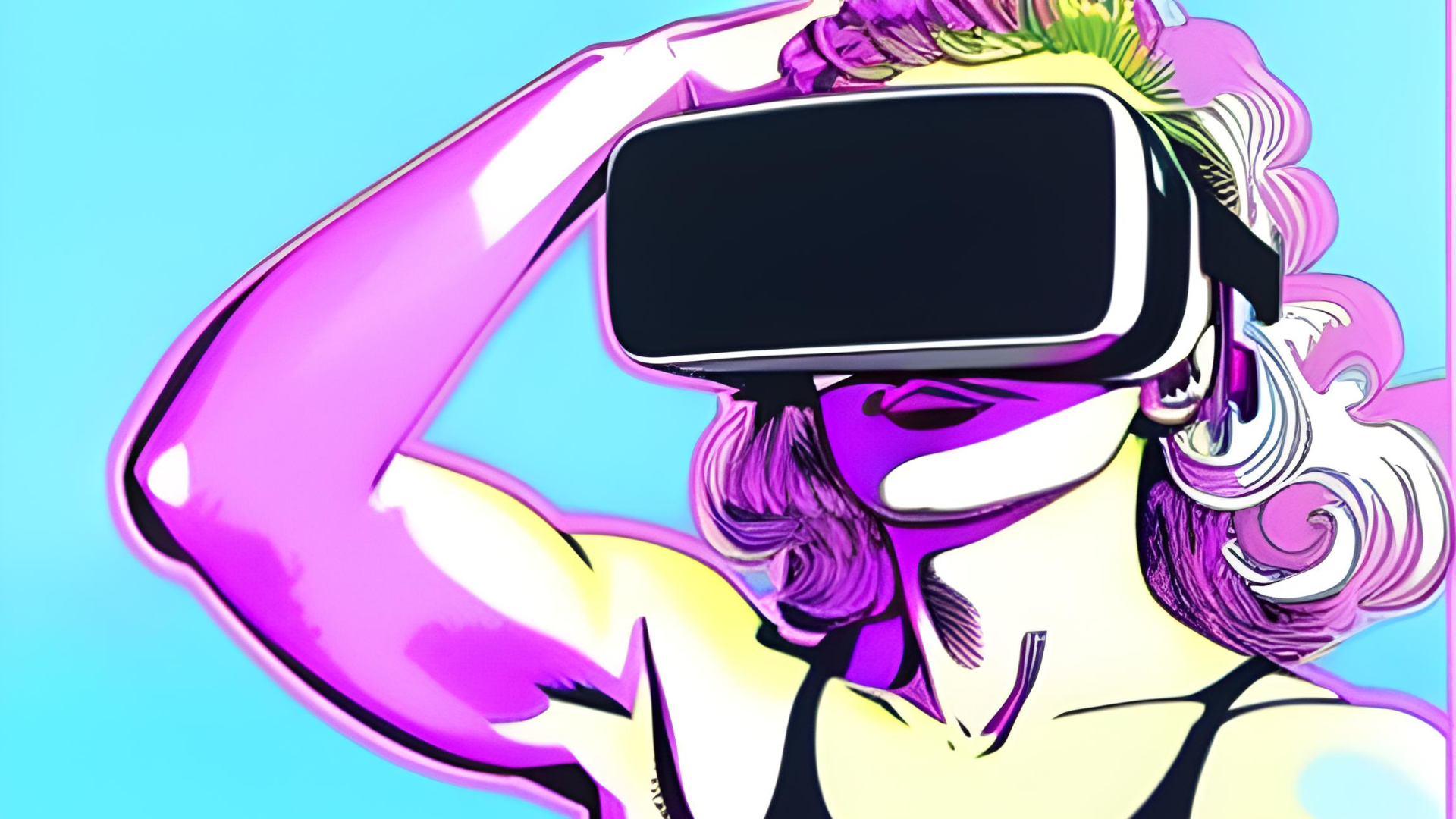Stealth Fitness Games: Gorilla Tag
Months ago I wrote an article about using Gorilla Tag as a proper, legitimate upper body workout. Well, I thought I'd revisit this premise, and look a little deeper into the psychology of how it makes players tick.

Months ago I wrote an article about using Gorilla Tag as a proper, legitimate upper body workout. Well, I thought I'd revisit this premise, and look a little deeper into the psychology of how it makes players tick.
The first time I used the "Tag" I had this WTF moment, no instructions, no greeter just staring down at the floor trying to work out what the helll was going on and when the game would eventually start.

Then you face the wall of shame, yeah, you've been there! Well this all adds to the allure and psychology of why the game works.
So really this WTF moment is intriguing players from the start by promising a very different experience unlike other VR games. Who wouldn’t be curious about virtually becoming a hyper-agile primate? This taps into our instinctive drive as humans to seek out new experiences.
Once you have figured it out and got over the wall of shame, it's very easy - just swing your arms to move like a gorilla. Players can jump straight into the action with almost no learning curve. The quick ramp-up delivers an immediate rush of achievement that leaves first-timers eager to play more.

At the games core is in-built unpredictability.
The chases are thrillingly unpredictable thanks to the game’s physics system that catapults you off of wherever you are, tree, branch, floor etc. You never know when someone will suddenly rocket across the map or land a huge leap to tag you. This creates an addictive rush of adrenaline and excitement.
The multi-player experience is also a key element, as you are adding a social aspect into the game. You can imagine friends messaging each other to meet up at points in the day to meet, play and have fun. It's the most unorganised chaos you can have with a VR Headset on !

But wait, and referencing my original article, as a by-product of all this fun and chaos, you are actually working out.
So the genius of the game from a psychologial standpoint is that is that the game developers have captured what was cool back in my day in the school yard, chasing each other around and laughing so hard that it made you feel sick. They have captured this feeling and cramed it into a pixelated world which is the medium kids love the most.
I witnessed this phenomenon first hand on a train from Hamble to Portsmouth last year. There were a group of teenage boys on the train, I'd guess 16-17 year olds and there were 5 or 6 of them.
They were all playing the same mobile multiplayer game together, face to face, they were all talking to one another whilst still concentrating on the game. Obvioulsy I have no idea what they were playing, but a kid in the next train carraige must have overheard the group playing, turns out so was he.
When the train stopped and they all got off, the group turned to the other kid who was smiling at them and said something like "Oh so you were XXXX playing too", introductions and handshakes ensued and new friendships were made, literally, digitally and IRL in seconds.
That is the power of multiplayer right there, on that train to Portsmouth, so add in a VR experience like Gorilla Tag and, well, you see where I'm driving.
Fun, excitment with in-built camaraderie and social interaction, powerful JuJu.








